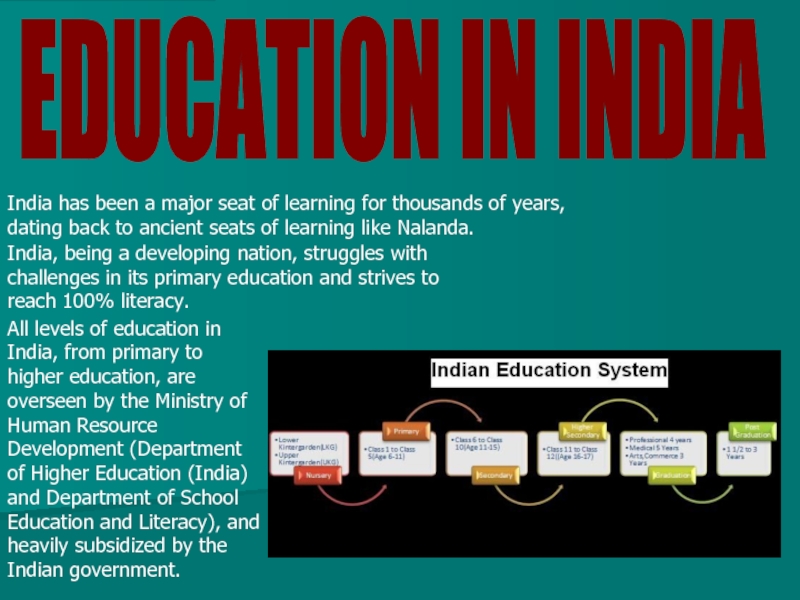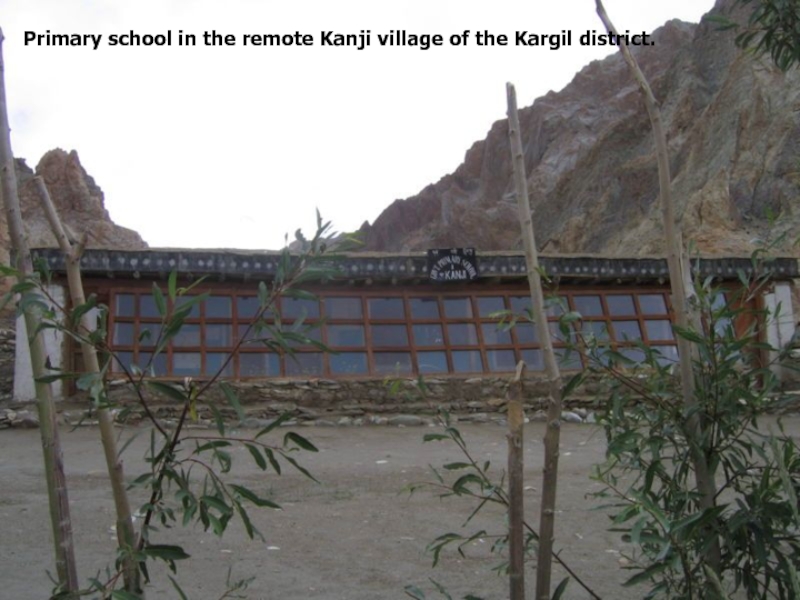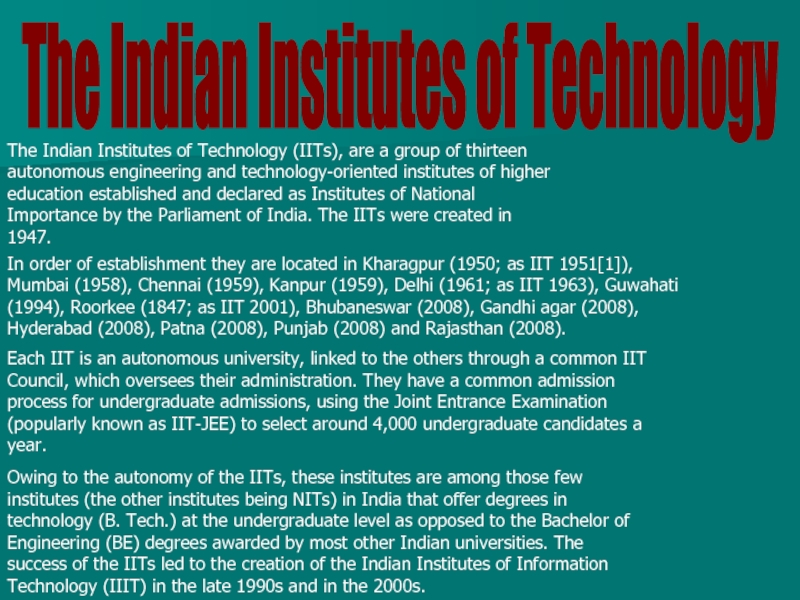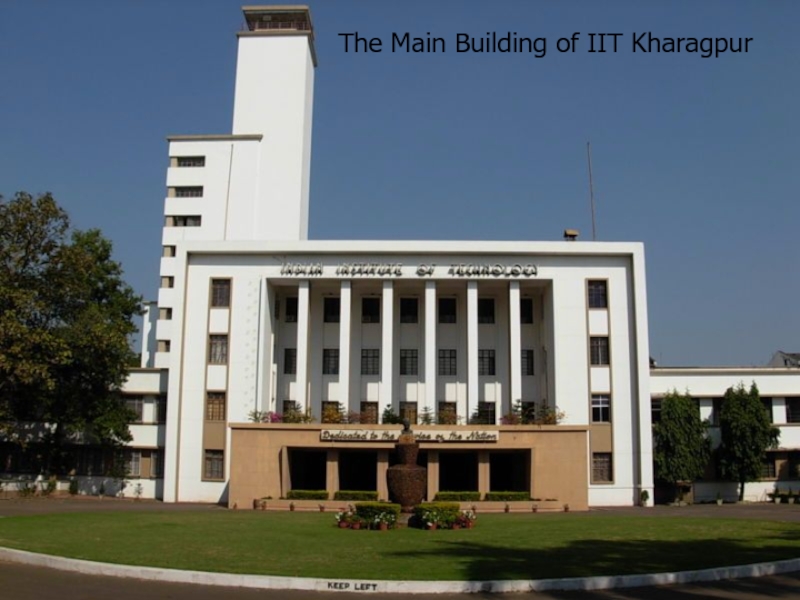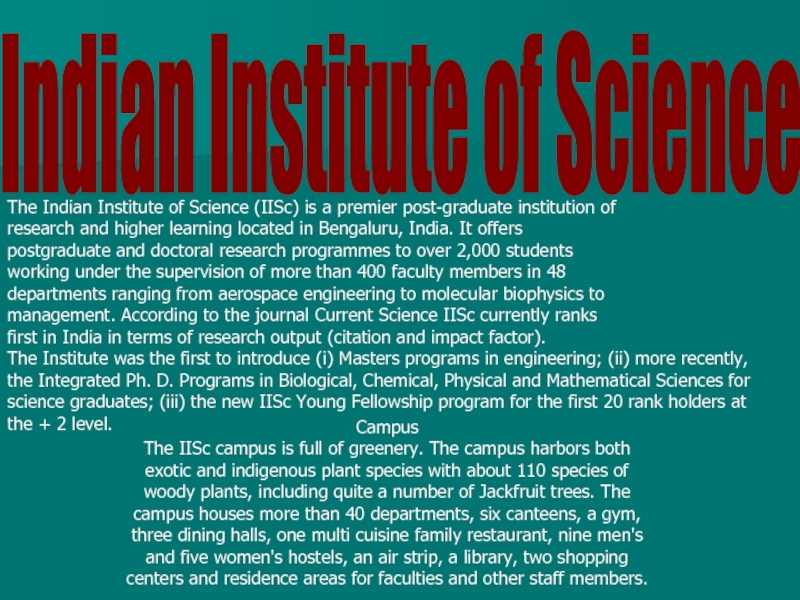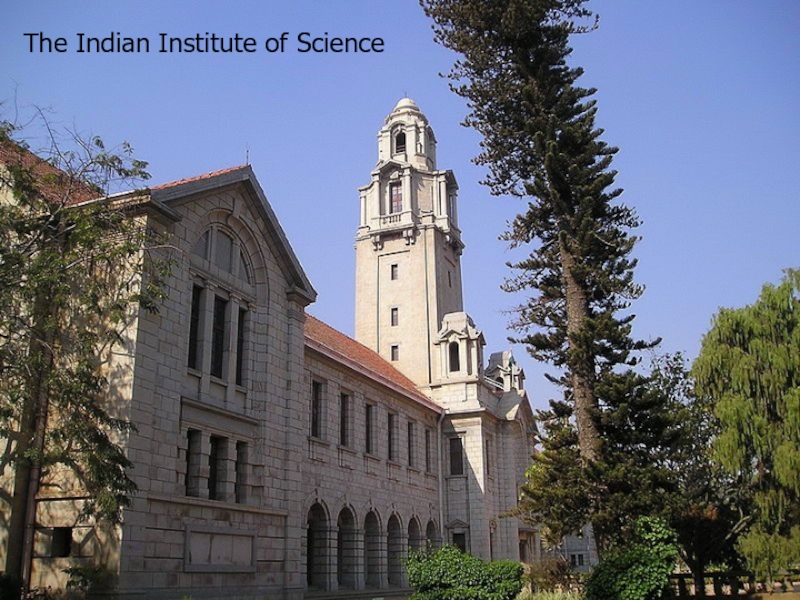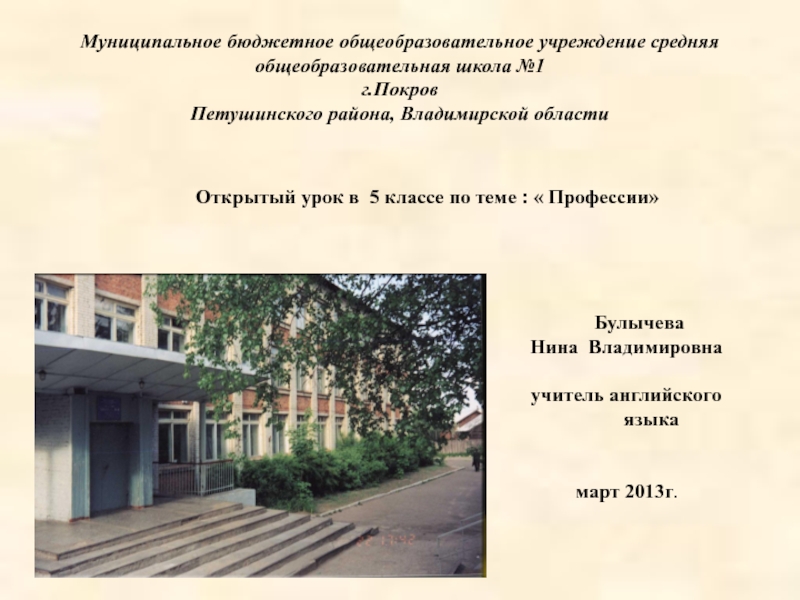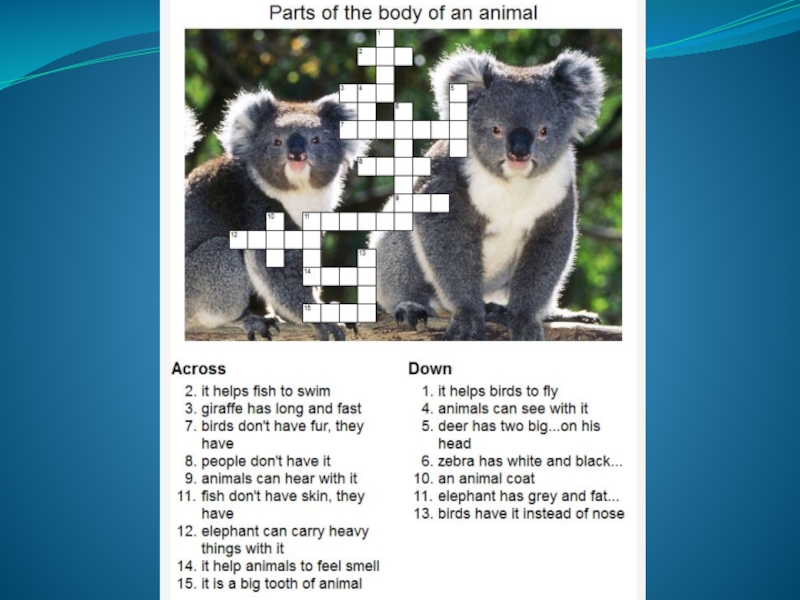among those few institutes (the other institutes being NITs) in
India that offer degrees in technology (B. Tech.) at the undergraduate level as opposed to the Bachelor of Engineering (BE) degrees awarded by most other Indian universities. The success of the IITs led to the creation of the Indian Institutes of Information Technology (IIIT) in the late 1990s and in the 2000s.
The Indian Institutes of Technology
The Indian Institutes of Technology (IITs), are a group of thirteen autonomous engineering and technology-oriented institutes of higher education established and declared as Institutes of National Importance by the Parliament of India. The IITs were created in 1947.
In order of establishment they are located in Kharagpur (1950; as IIT 1951[1]), Mumbai (1958), Chennai (1959), Kanpur (1959), Delhi (1961; as IIT 1963), Guwahati (1994), Roorkee (1847; as IIT 2001), Bhubaneswar (2008), Gandhi agar (2008), Hyderabad (2008), Patna (2008), Punjab (2008) and Rajasthan (2008).
Each IIT is an autonomous university, linked to the others through a common IIT Council, which oversees their administration. They have a common admission process for undergraduate admissions, using the Joint Entrance Examination (popularly known as IIT-JEE) to select around 4,000 undergraduate candidates a year.
